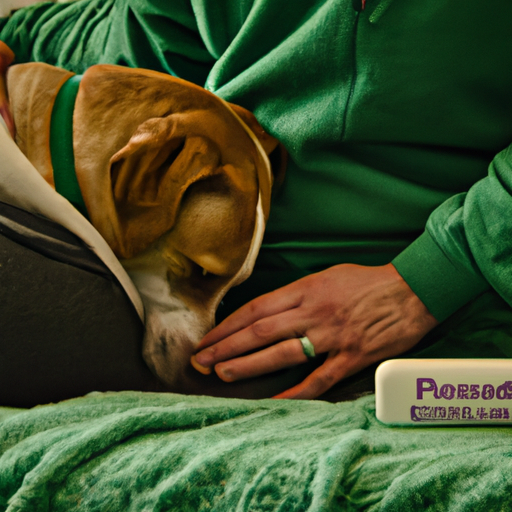As a caregiver, your pet’s wellbeing is your top priority. Watching your dog in pain can be heart-wrenching and you may feel helpless. However, there are several things you can do to help manage your dog’s pain at home. Let’s delve into some of these methods.
H2: Recognize the Signs of Pain in Your Dog
First, you must be able to identify when your dog is in pain. Their inability to articulate their discomfort makes it crucial for you to observe closely. Here are some signs to look out for:
- Changes in eating, sleeping, or drinking habits
- Difficulty moving or lethargy
- Changes in behavior or mood
H2: Offer a Comfortable Environment
Next, make sure your dog has a comfortable and soothing environment. This can significantly help in easing their discomfort. Here are some ways to do so:
- Provide a soft bed or blanket for your dog to lie on
- Keep the room temperature at a comfortable level
- Limit loud noises and bright lights
H2: Use Over-the-Counter Pain Relievers
With your vet’s approval, you can use certain over-the-counter pain relievers for dogs. However, never give your dog human medication unless explicitly instructed by your vet. Here are some commonly used canine pain relievers:
| Drug | Usage |
|---|---|
| Aspirin | Used for short-term relief of minor pains |
| Rimadyl | Used for arthritis and post-operative pain |
| Deramaxx | Used for chronic osteoarthritis |
H2: Try Physical Therapies
Physical therapies such as massages, heat pad application, and gentle exercises can be beneficial. They help:
- Improve circulation
- Increase flexibility
- Promote muscle relaxation
H2: Consult Your Vet Regularly
Lastly, always consult with your vet regularly for the best course of action. They may suggest additional treatments like:
- Acupuncture
- Prescription medications
- Dietary changes
Frequently Asked Questions
Q: Can I give my dog human painkillers?
A: No, some human painkillers can be harmful to dogs. Always consult with your vet.
Q: How can I tell if my dog is in pain?
A: Look for changes in behavior, eating, sleeping, or drinking habits. Trouble moving or mood shifts are also signs.
Q: How often should my dog take pain relievers?
A: Follow the dosage instructions given by your vet. Never exceed the recommended dosage.
Remember, you know your pet better than anyone else. If you notice something off about their behavior or physical condition, don’t hesitate to reach out to a professional. Your vigilance and care can make all the difference in helping manage your dog’s pain.



